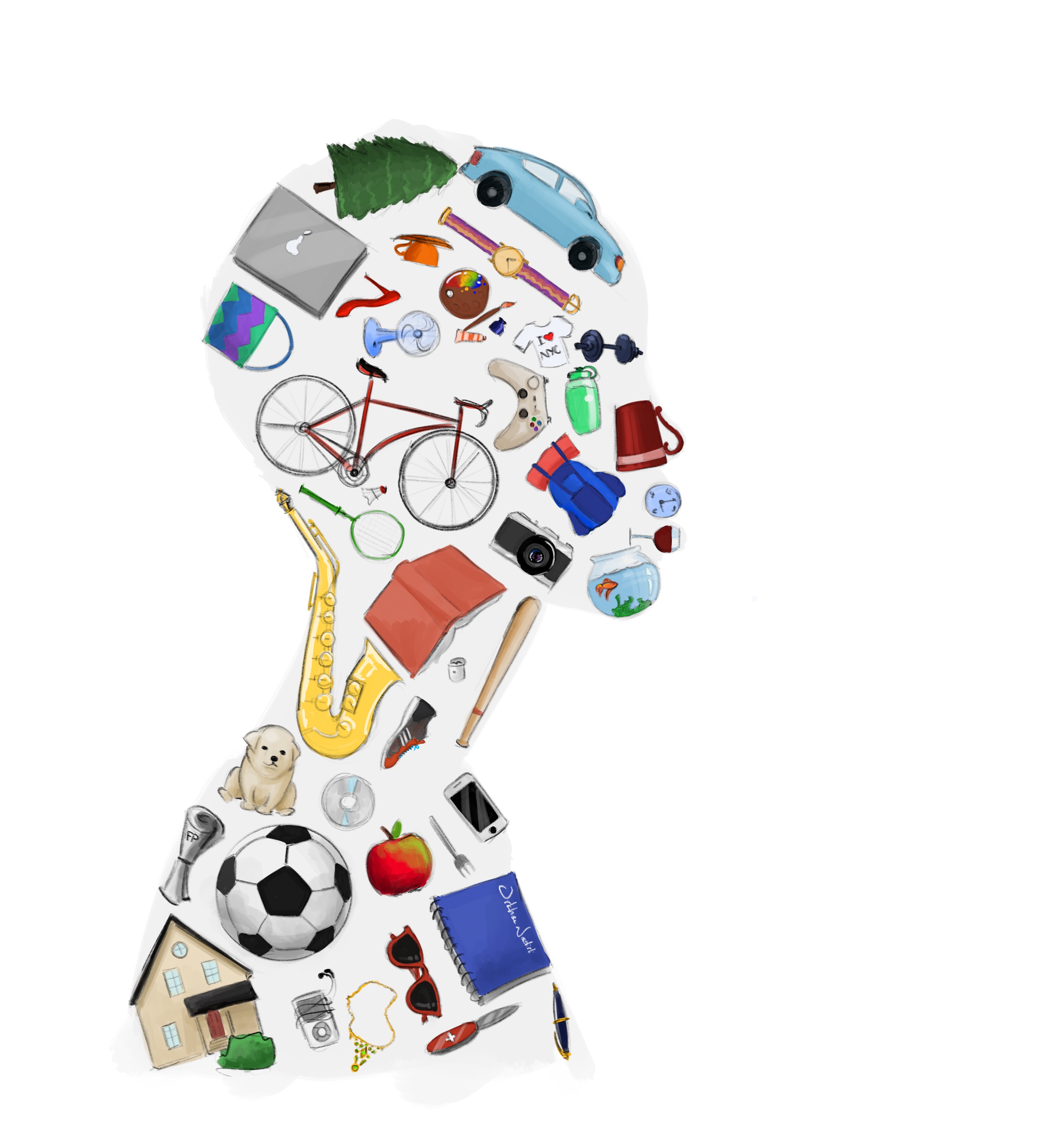By: Mary Ellen Aldrich, Arts & Culture Editor
The term Intersectionality was first coined by Kimberlé Crenshaw, an American feminist legal scholar, critical race theorist and civil rights advocate, in the late 1980s in relation to the feminist movement. Crenshaw argued that feminism needed to look at more than gender, and that race, class and other factors needed to be included in the analysis of an individual’s being and identity.
According to the Merriam-Webster dictionary, intersectionality is the “complex, cumulative way in which the effects of multiple forms of discrimination (such as racism, sexism and classism) combine, overlap or intersect—especially in the experiences of marginalized individuals or groups.”
Intersectionality can hold different meanings for different people. For some, it’s the interlocking of their identities and how their identities relate to the world and how they experience struggles or oppression in regards to those identities. For others, intersectionality is the collaboration of interests, hobbies, culture and family that makes up who they are and forms the core of their identities.
For Sheddy Baba, a junior nursing major, his identity as a Christian, his family and his Nigerian culture are major parts of who he is. “My family is important,” Baba said. “God, family, then everything else comes after.”
Various aspects of culture and heritage can be important to identity as well. Foods, customs and rituals are all parts of culture that can play into identity. Food is an important part of Baba’s culture as well.
“There’s no food in this world that’s better than or even close to Nigerian or African food,” Baba said.
Family is also important to the framework of a person’s identity. Sometimes that family isn’t related by blood. “There are some people in this life that are friends that become family,” Baba said. “The people that surround you, put a smile on your face every day, those people count as family too. Fizz, Abadam, my best friend Katie, they’re like family too.”
For Sandra Wood, the assistant professor of linguistics, the original idea of intersectionality as it was described by Crenshaw is how she sees intersectionality.
“People have different ideas of what [intersectionality] means,” Wood said. “I am a Deaf woman, mother, sister, professor. When different situations come up, different identities become more salient.”
Different identities often experience oppression in different situations. Wood’s family is Hearing and blue collar, so the contrast between her family and herself, a Deaf scholar with a Ph.D., causes them to see the world from different perspectives. Wood said there is an under representation of Deaf people within the community of scholars.
“For example, here at USM in the interpreting major there are Deaf professors,” said Wood. “but I am the first Deaf professor to be hired on the tenure track.”
Hiring Wood is evidence that USM is trying to recognize the need for better representation of Deaf scholars in the academic field. “It took a long time to get to this point,” said Wood.
This lack of adequate representation of Deaf people within the community of scholars is due in part to the oppression experienced by those Deaf people who do go on to obtain a Ph.D., master’s and other other degrees. Oftentimes Deaf scholars will settle for jobs below their qualifications because finding jobs that are Deaf and ASL friendly is difficult, as most employers will hire an oral Deaf person over a signing Deaf person.
“People don’t want to hire an interpreter, and if they don’t sign themselves, it’s hard to work with them,” Wood said.
Intersectionality can be analyzed and looked at in parts, or as a whole. Each part can be examined and understood in isolation, but getting the full view of the person’s identity requires a wide lens. For identities such as Deaf and Hearing, the experiences are different. The experiences of women are different than that of men. Each identity experiences a different life with different struggles and challenges in addition to the individual differences of each person. There are many factors that impact individual experiences. Economic status, gender identity, sexual orientation and Deaf or Hearing identity are all some of the factors that impact people’s experiences.
Wood believes that examining one’s own intersectionality is important. “I think that the more we look at it [intersectionality],” Wood said, “we can recognize where it’s salient, approach it, discuss it, we can obtain more equality. A little bit of knowledge can go a long way.”

